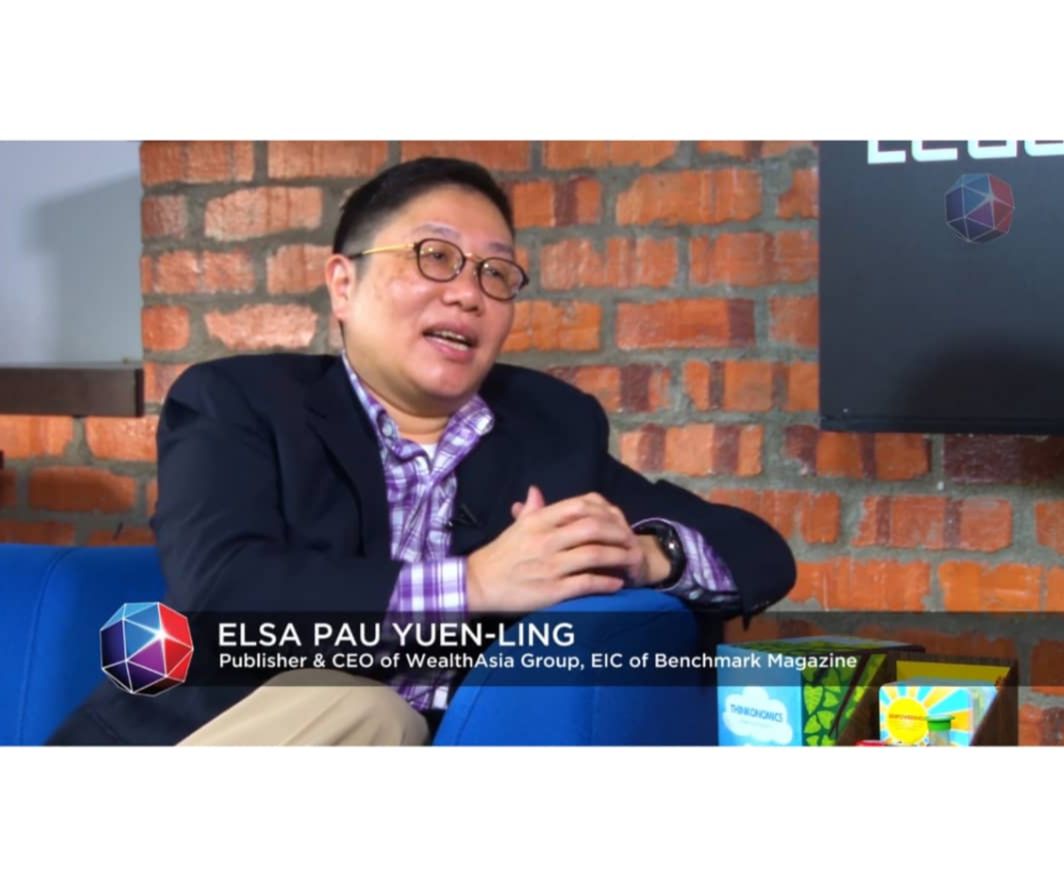Listening: the Key to Understanding

What are other people’s agendas? And how to align them with yours. . .
When I was studying genetics in Universiti Malaya, the hardest course I undertook was immunology. I was struggling in class.
Whenever I entered the lecture hall, the professor would start re-arranging our seats for some reason, would do a bit of pop quiz and then start teaching.
I would write down some of what she said, do my revision and, ultimately, still not be able to answer her exam questions.
They never seemed to ask anything that she had actually taught us and I almost flunked the semester. I wasn’t listening to my professor.
Coming out of university and into the first of year of my career, I encountered one of the hardest clients I have ever worked with.
We would have meetings quite frequently, she called me daily to give me an earful and, when I sent over the proposal, it was absolutely not what she wanted.
Of course, she wasn’t happy with it. I wasn’t listening to my client.
It took me a while to realise that not only do I have poor listening skills, but I had issues understanding the message that the person was trying to convey.
My professor didn’t want me to memorise all the antigen’s names, she wanted us to understand the fundamentals of immunology – how everything in our body relates to each other and why we need to know these things.
Similarly, my client didn’t want the off-the-shelf programme I had created for her; she wanted a new and different talent programme targeting a specific engineering-based university to impress her colleagues.
That’s how I learnt that everyone has a different agenda behind what they say. “Hidden” agendas are the private goals that everyone has in driving towards their objectives.
This does not necessarily need to be a bad thing – my professor had a well-meaning agenda, unfortunately she and I just weren’t aligned on how to get there.

The hidden agenda
In The Hidden Agenda by Kevin Allen, he mentioned that: “You can’t convince, persuade or even hoodwink people.
Instead you compel them to follow you by making a profound connection with the things which are of real importance for them.”
In his book, he explored the true meaning of “agenda”. It can either be wants, needs or values:
- Wants are what they hope to achieve or possess, that rely heavily on how others view them.
- Needs are what is essential to them, which can be furthered explored in Maslow’s Hierarchy of Needs.
- Values are about their belief systems and what is important to them as a person, many of which will affect their decision-making process.
Though the book focuses heavily on how to form a deep relationship with a customer to win business deals ahead of your competitors, the fundamental perspective on human interaction is very strong – bond with your credo.
It is something that can only be developed through a lot of practice and understanding yourself first, conversing with others and brushing up on your active listening skills – observing and responding appropriately.
Building your credo
A credo is a set of beliefs that drives thoughts and behaviours and is, in essence, a reflection of your personal values.
A personal credo is one which is created by the individual, and not just one accepted by others.
A lot of successful icons use their credo as part of their personal branding – what values they uphold and what they bring to lives of others.
Do you have your own credo? How does a credo form within someone?
Once you have set your own unique credo, you will have a deeper understanding of why the people around you set their own agendas.
To build up your own credo, there are a few reflections and exercises that you can do on your own.
Regina Kieran, a teacher in Brooklyn, New York used this technique to teach her young students:
Start by listing down five specific things that you believe in, start with “I believe…”; then construct five things you do not believe in and, finally, three things you wish you believed in.
From there, construct a poem that starts, “I believe…”. Revise the poem by complementing each line with why you believe that.
Everything you have written will then form your credo.
Active listening
Give full attention to others when conversing with them. The art of listening can be perceived as a gift to the other person – acknowledge and validate them.
Understand further “what is in it for them” by asking follow-up questions.
Paraphrase their words and ask open-ended questions on their opinions as this will usually reveal their agendas. You may also use a laddering exercise by asking “why?” a few times.
At the same time, step back and observe how relaxed or tense they are when conversing with you – body language tells you more about a person than their choice of words. It could be their facial expression, eye movements or hand gestures.
Steer your conversations based on their mood, their excitement and keenness on certain topics. Form a close bond with them so that they trust you enough to reveal their “hidden” agendas.
The bottom line in understanding others is the importance of listening. Put aside your own agenda and what you want from the person we are talking to.
Listen carefully to how they form their thoughts, who they care about, what issues they worry about and what their priorities are in life.
By understanding their underlying agenda, you’ll know how to best invest your time in whomever you choose to bond with.
Leadership




